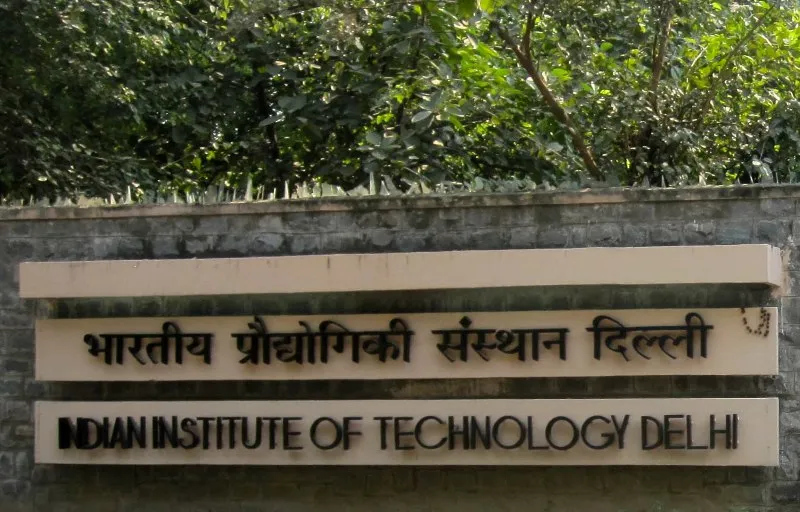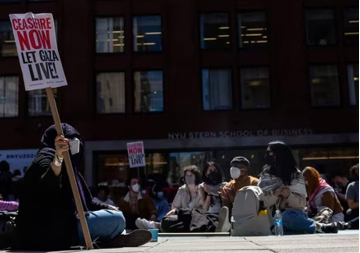
The following is a chapter from the book
70 Policies that Shaped India: 1947 to 2017, Independence to $2.5 Trillion.
Find the book here.
The idea for India to have scientists and engineers to drive its economic development and build industry came from Ardeshir Dalal, <1> a Resident Director at Tata Iron and Steel Company, a few years before Independence. As the idea grew, the government appointed a committee <2> in 1945, under Nalini Rajan Sarkar, that submitted its report in 1946. The committee recommended creating higher technical institutions, based on the Massachusetts Institute of Technology model, <3> following which five institutes of technology (IIT) were established at Kharagpur (1950), Bombay (1958, with assistance from UNESCO and the Soviet Union), Kanpur (1959, with a consortium of US universities), Madras (1959, with the government of West Germany) and Delhi (1961, with UK). The committee further recommended that the institutes should be managed by a small governing body, appointed by the government in consultation with the All India Council for Technical Education. It also noted that it “may be necessary to establish these by statute as corporate bodies.” Following the report, the IIT Act <4> was enacted on 19 December 1961 to “declare certain institutions of technology to be institutions of national importance.” The definition of “national importance” remains vague, however, the closest being something that serves as a “pivotal player in developing highly skilled personnel within the specified region” of the country/state. <5> The list also includes NITs and AIIMS, in addition to the IITs. Admission to an IIT is granted through competitive exams. Compared to other institutions, IITs receive huge grants, can create their own curriculum, and have minimal intervention from the government through a representation on the IIT Council, along with three Members of Parliament and chairmen and directors of all IITs. Today, there are 23 IITs. Several of them are merely a change in name — at Varanasi and Roorkee, for instance — and incorporated into the IIT brand through several amendments that culminated in the Institutes of Technology (Amendment) Act <6> of 2016. The IITs deliver world-class education to thousands of students, many of whom have become leaders in the government, corporate sector and not-for-profits in India and abroad. None of this would have happened without an active political will of then Prime Minister Jawaharlal Nehru, who centralised higher education for industrialisation. <7> However, while building institutions is hard, maintaining them is even harder: in the 147 latest global university rankings of 950 universities for 2018, <8> only two — Delhi <9> (rank: 172) and Bombay <10> (rank: 179) — figured in the top 200.
<1> Sabil Francis, “The IITs in India: Symbols of an Emerging Nation,” South Asia-Chronicle, 2011, accessed 3 January 2018.
<2> An Interim Report of the Committee Appointed to Consider the Development of Higher Technical Institutions in India, Council of Indian Institutes of Technology, 9 March 1946, accessed 3 January 2018, https://www.iitsystem.ac.in/sites/ default/files/reviewreports/N.R.Sarkar.pdf.
<3> Ibid., Recommendation 5.
<4> The Institutes of Technology Act, 1961, Manupatra on PRS Legislative Research, 19 December 1961.
<5> All India Council for Technical Education, accessed 3 January 2018.
<6> The Institutes of Technology (Amendment) Act, 2016, Gazette of India, Ministry of Law and Justice, Government of India, 9 August 2016, accessed 3 January 2018.
<7> Martin Carnoy and Rafiq Dossani, “Goals and governance of higher education in India,” Higher Education (Springer) 65, no. 5, (May 2013): 601, accessed 3 January 2018.
<8> QS, accessed 3 January 2018.
<9> QS, accessed 3 January 2018.
<10> QS, accessed 3 January 2018.
The views expressed above belong to the author(s). ORF research and analyses now available on Telegram! Click here to access our curated content — blogs, longforms and interviews.



 The following is a chapter from the book 70 Policies that Shaped India: 1947 to 2017, Independence to $2.5 Trillion.
Find the book
The following is a chapter from the book 70 Policies that Shaped India: 1947 to 2017, Independence to $2.5 Trillion.
Find the book  PREV
PREV



